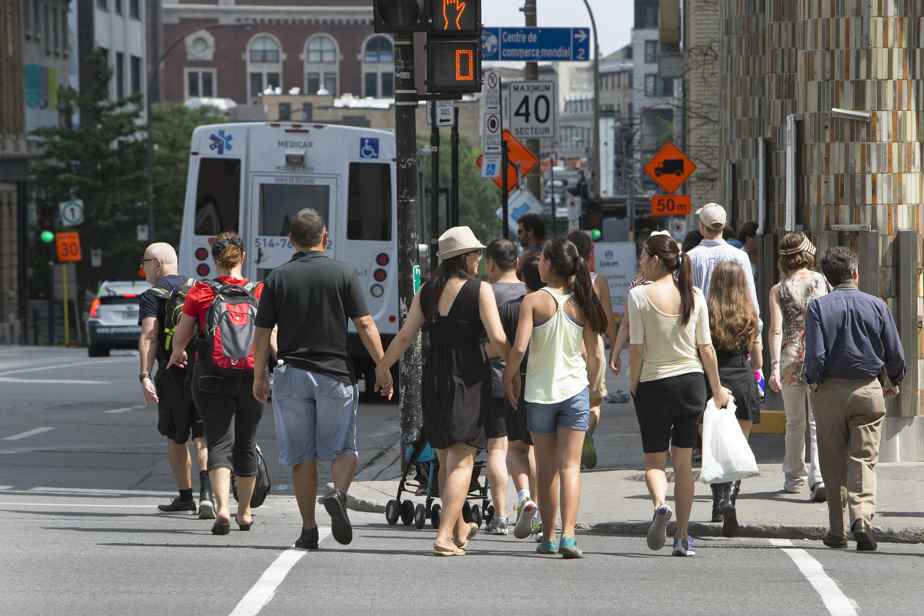The last provincial elections demonstrated the importance of the theme related to immigration, the francization of immigrants and their integration into Quebec society.
Posted yesterday at 4:00 p.m.
My impression is that these issues seem to have grown in importance over the past decade. On October 9, François Cardinal asserted, and with good reason, that “these questions will act as ground swells in the public debate in the coming years. »1
Could there be a correlation between the speed of ethnocultural changes taking place in Canada and the growing polarization of the population on immigration issues? I do not know the answer. On the other hand, when we examine the demographic projections of Statistics Canada as well as the data from the last census, we can be certain that Canada is currently in full ethnocultural transformation.
On October 26, 2022, Statistics Canada released data from the 2021 census on the ethnocultural composition of the country. We learn, among other things, that Canada has never been so ethnically and culturally diverse. In fact, the data released on October 26 revealed that the proportion of first and second generation immigrants is 40.6%, while that of visible minorities is 26.5%.
However, a step back allows us to see that since Canada adopted a multiculturalist policy in 1971 and the country opened immigration to countries around the world, Canada has been on a path of profound transformation. of its ethnic and cultural demography. And the speed of these changes is directly influenced by Canada’s migration thresholds, which are among the highest in the world. In fact, in 2019, just before the pandemic, net migration — immigration minus emigration — per person was four times higher in Canada than in the United States.
When seeking to understand long-term trends, one must look at population projections made over a long time span.
Population projections show us the destination while census data tells us where we are in relation to the route.
In 2015, four Statistics Canada demographers released population projections from 2006 to 21062. They concluded that the Canadians of 2006 would be the ancestors of 16.4 to 37.5% of the Canadians of 2106; in other words, at the turn of the XXIIe century, the descendants of 20th-century Canadianse century is very largely a minority in Canada in a population that is largely a majority of first or second generation immigrants.
In 2017, Statistics Canada projected that by 2036, up to 50% of Canadians would be first or second generation immigrants. On September 8, 2022, Statistics Canada released projection data from 2016 to 20413. Demographers estimate that for 2041, “the racialized population [ou minorités visibles] could represent between 38.2% and 43.0% of the Canadian population”. They also calculate that in 2041, “the racialized population would represent a higher proportion among young cohorts, reaching between 44.0% and 49.7% among people aged 0 to 14”.
In large cities, if visible minorities represented 22.3%, 48.8% and 51.3% of the population of Montreal, Vancouver and Toronto respectively, according to the 2016 census, these will represent 39.5%, 66.8% and 71.5% of these respective cities in 2041, according to the reference scenario of Statistics Canada projections.
In short, the 2021 census shows that Canada is more multicultural than it has ever been and projections predict that it will be even more so in the coming decades.

